Emergency Responder Radio System (ERRS)


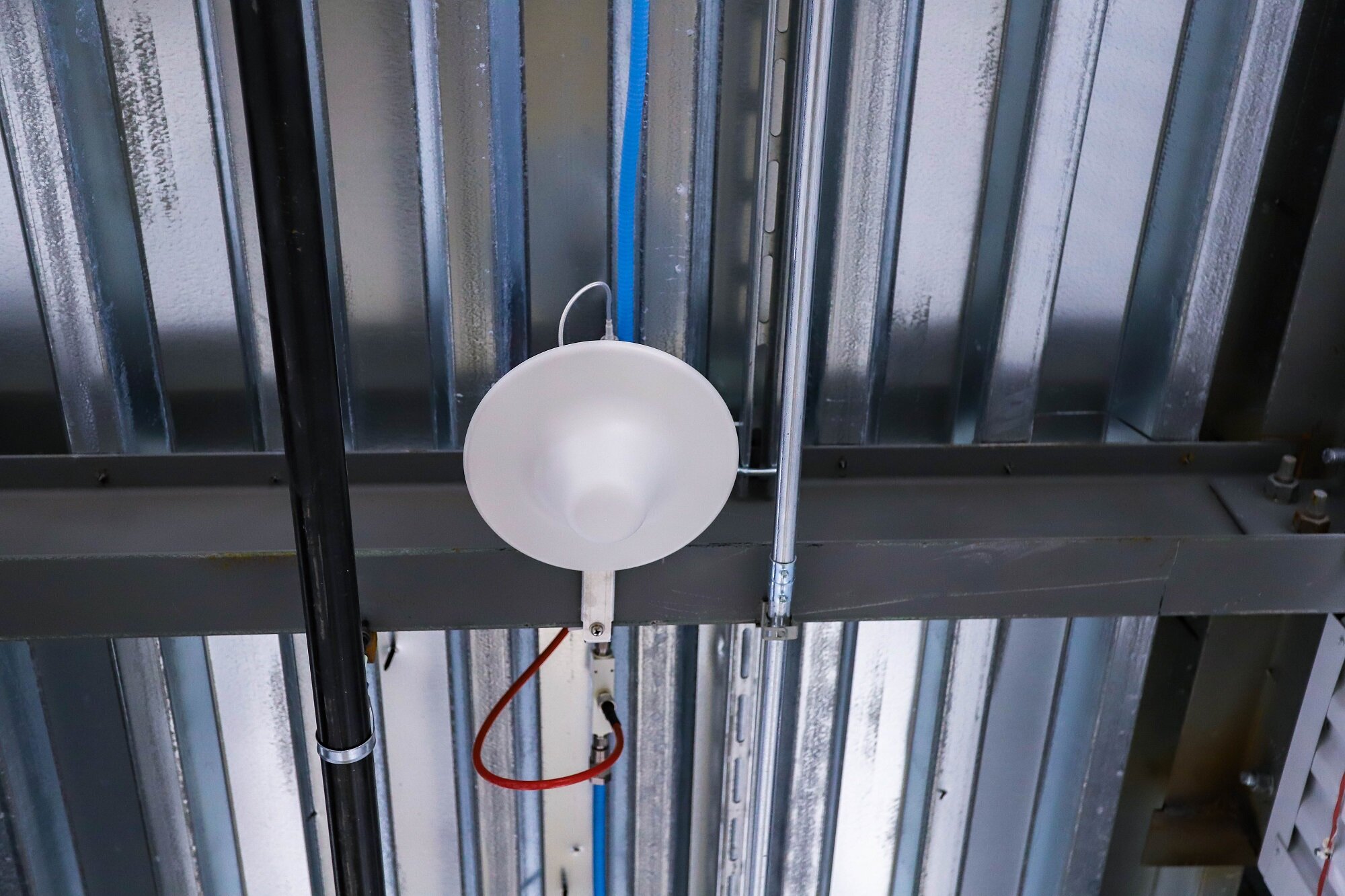
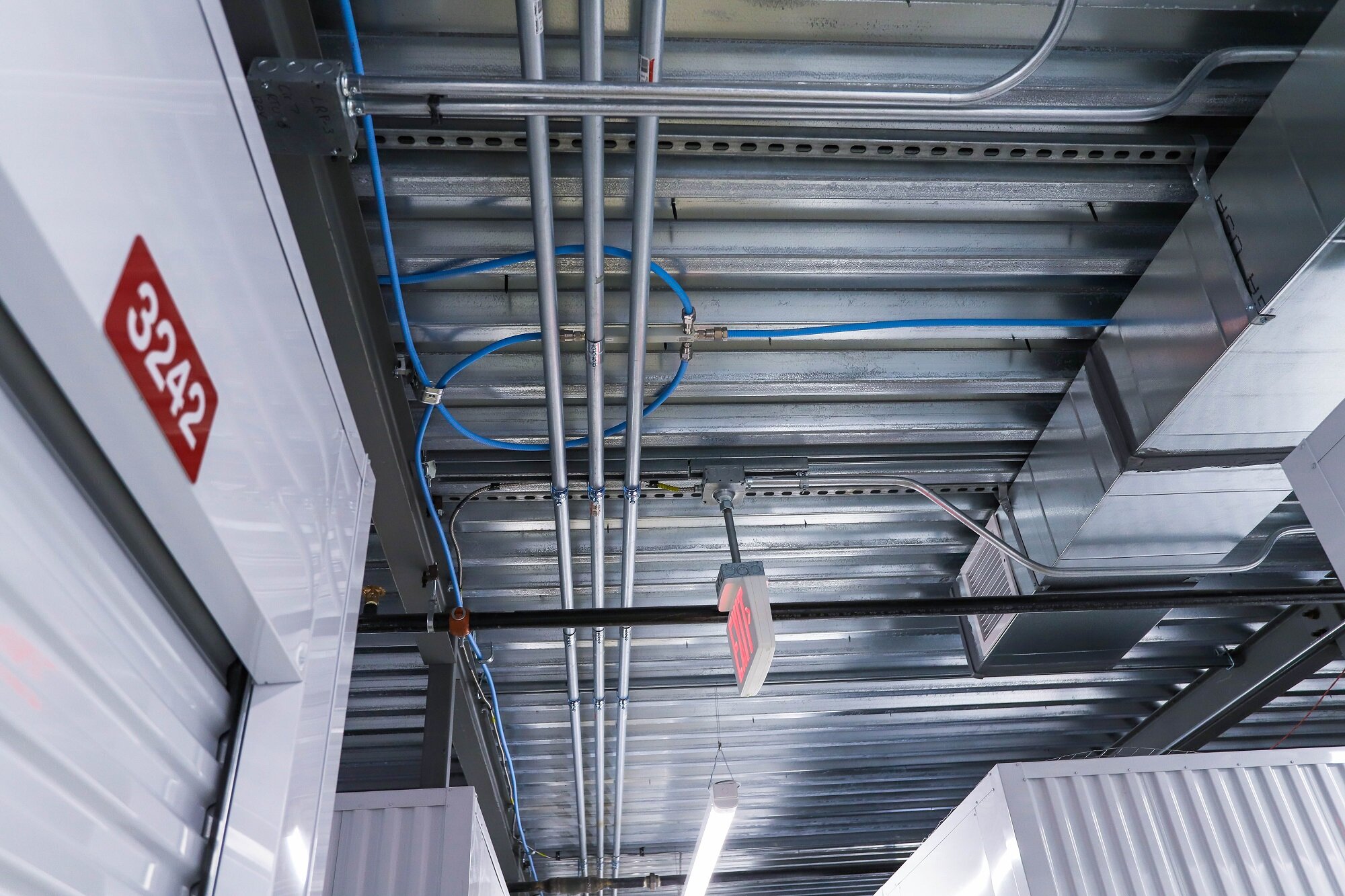
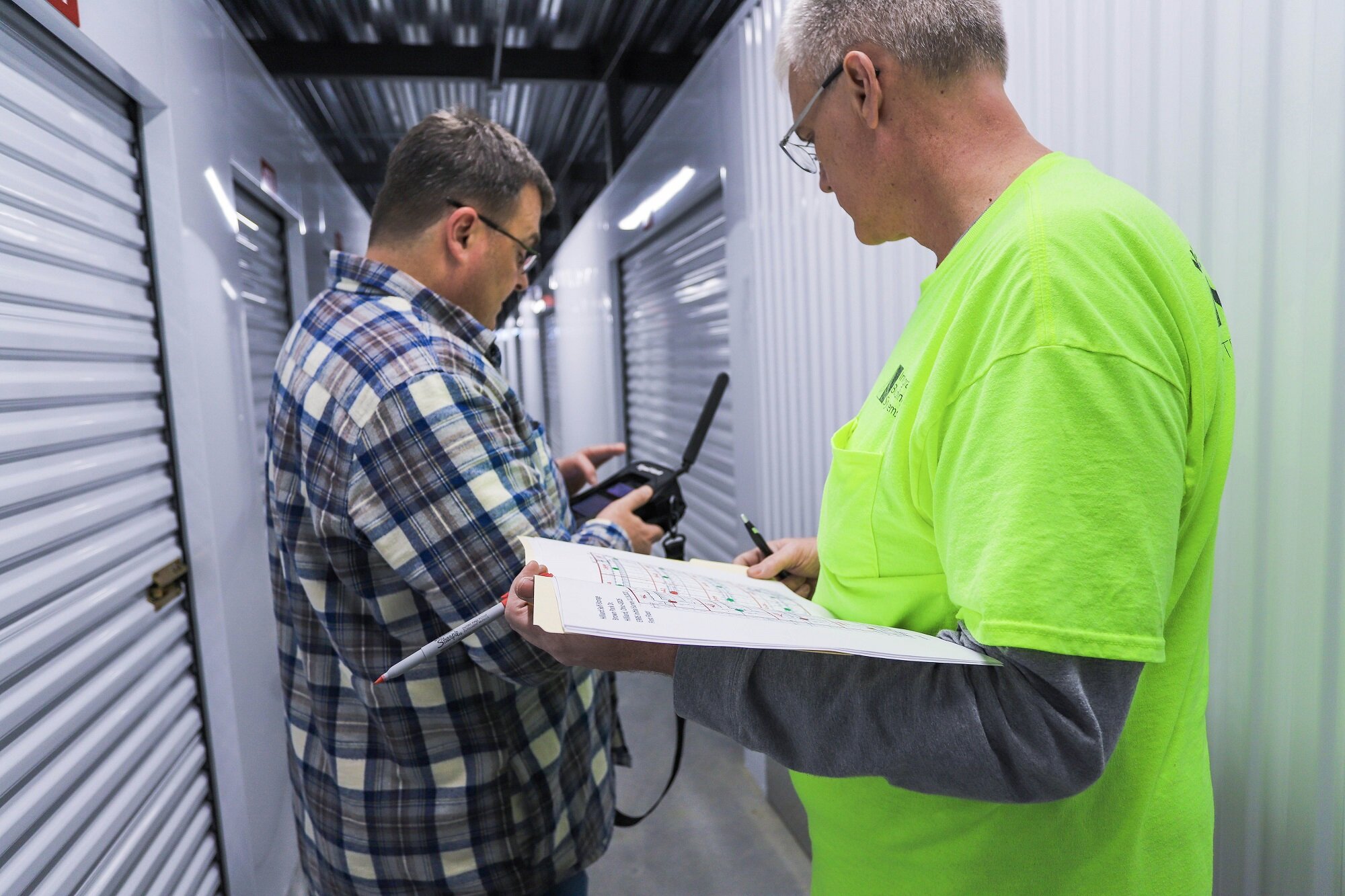
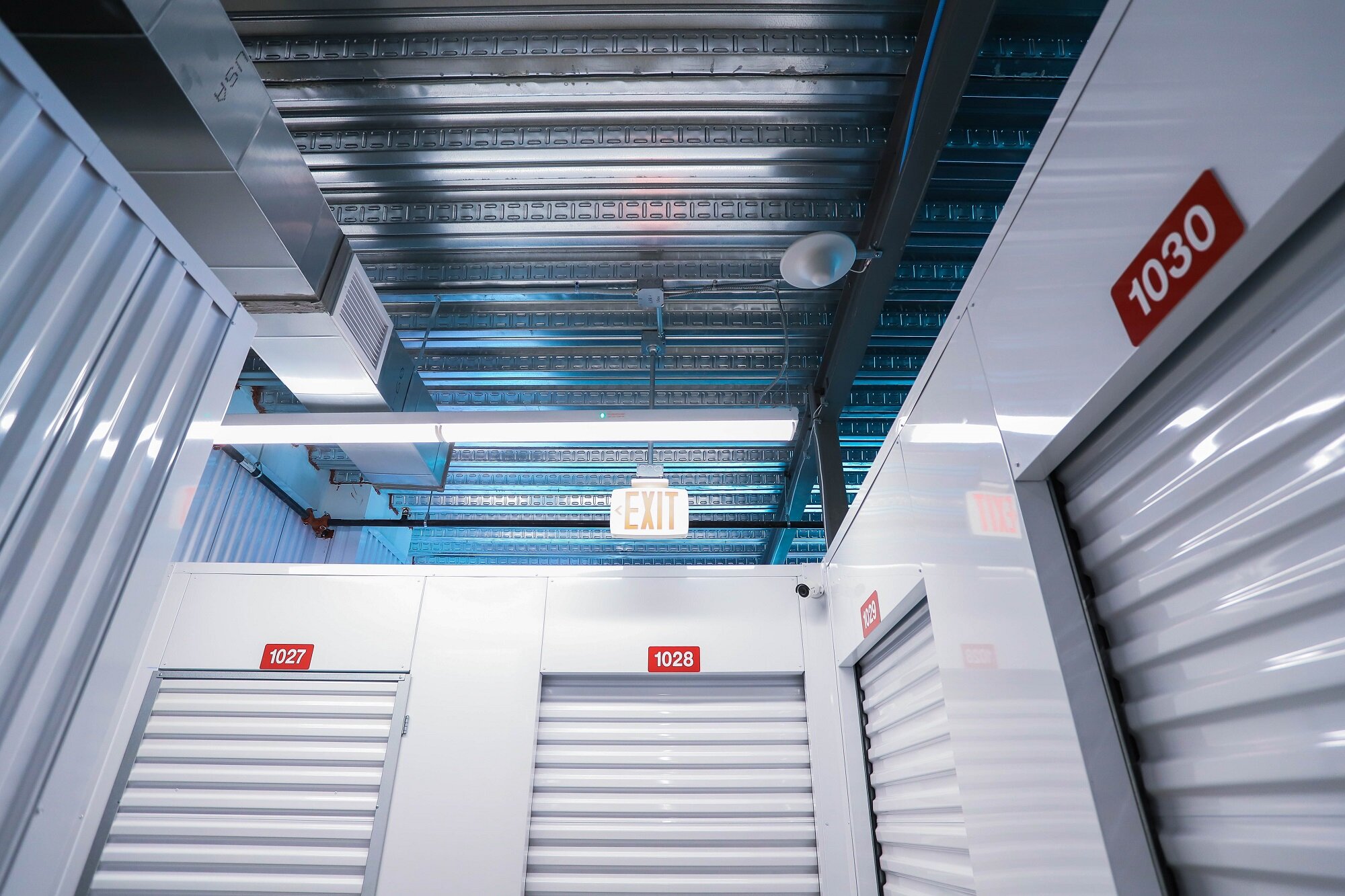
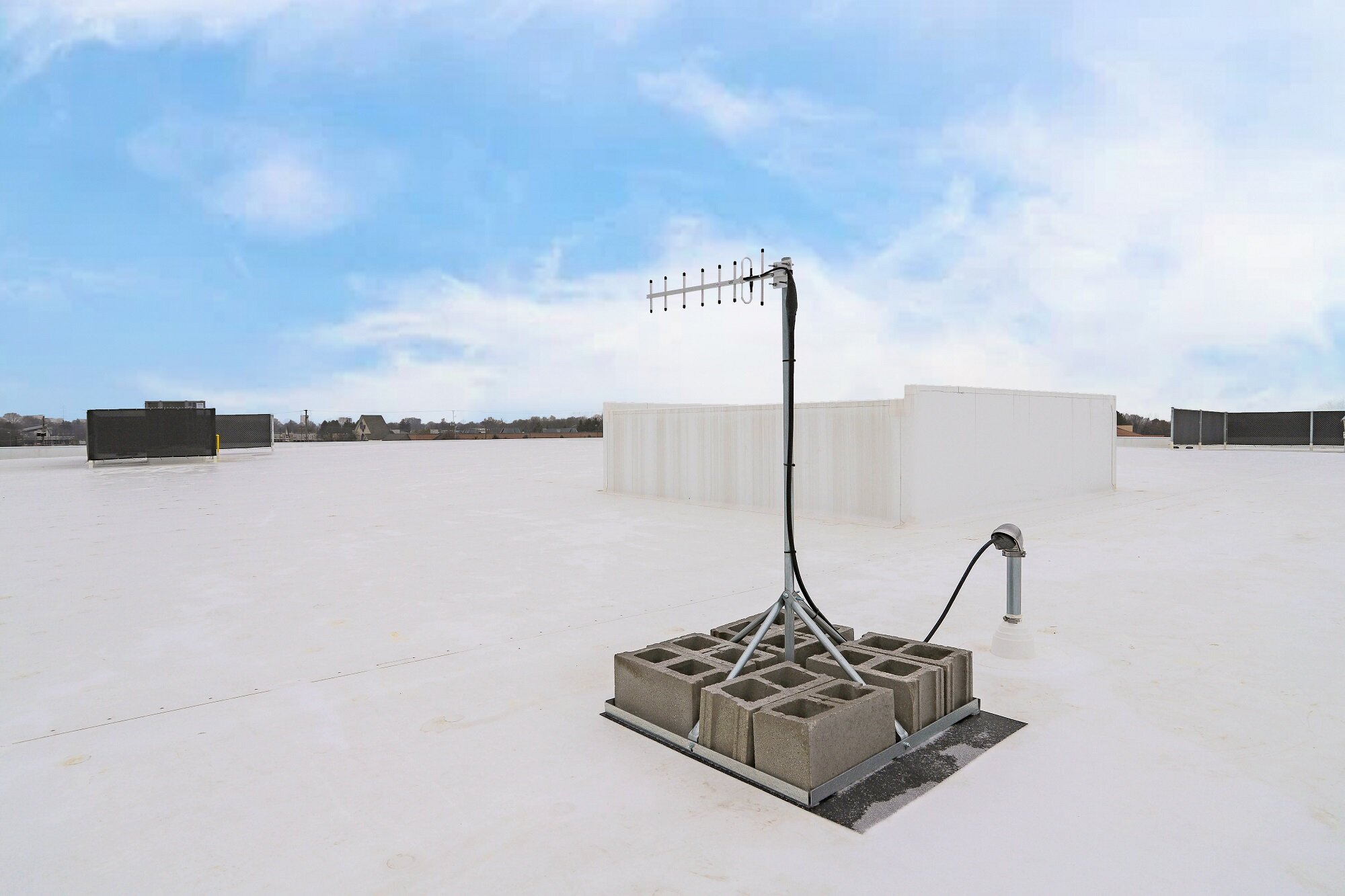
first responder radio system makes new building safe for everyone
technology solutions
Emergency Responder Radio System
First responders communicate with wireless public safety systems when they are called to duty in emergency situations. But many times their hand-held radios do not work properly inside a facility due to a variety of environmental factors, including a building’s construction materials or sightline to a radio tower.
This lack of communication can mean life or death for first responders and those they are trying to serve.
That’s why fire and building codes now require all newly constructed commercial and multi-tenant-residential buildings to provide adequate indoor radio coverage for first responders.
If a building fails the mandatory radio-frequency (RF) test, the owner may be required by the local authority having jurisdiction (AHJ) to install a dedicated in-building distributed antenna system called an Emergency Responder Radio System (ERRS).
Case in point: This newly-built facility in Central Ohio failed the RF test and the local AHJ required remediation with an ERRS, also referred to as Emergency Responder Radio Communication (ERRC).
Testing process
Cities across the U.S. have developed ordinances on how the AHJ will work with building owners to ensure ERRS standards and system design requirements are met. After the building’s core and shell are complete, an RF test is completed using professional spectrum analyzers. Test results are reported to the local AHJ, who determines whether the signal strength is sufficient or is in need of a signal-boosting system, as was the case for this new commercial storage facility.
“All final doors, windows, and glazing must be installed to get accurate testing. If buildings are tested too early, they’re giving potentially false readings.”
system Components
The ERRS system shown above includes a donor antenna on the roof, a bi-directional amplifier, a battery backup, and additional internal antennas. The blue cabling is plenum-rated, half-inch coaxial cabling used for RF distribution.
Once installed, these components were tied into the building’s fire panel, and a post-test was conducted to ensure the ERRS was working properly.
Design Challenges
Every building is unique. Owners should communicate with the local AHJ to learn their ERRS procedures and talk with a licensed ERRS firm like Integrated Building Systems to understand the timeframe and budgeting for testing and possible system installation.
Many factors affect radio signal transmission and ERRS testing results.
The building’s size, location, and proximity to communications towers will affect radio-signal strength.
Certain construction materials block radio signals as do specific locations within a building.
For accurate results, ERRS testing can only occur once the building’s core and shell are complete.
The local AHJ has final authority on these public-safety code enforcements.
